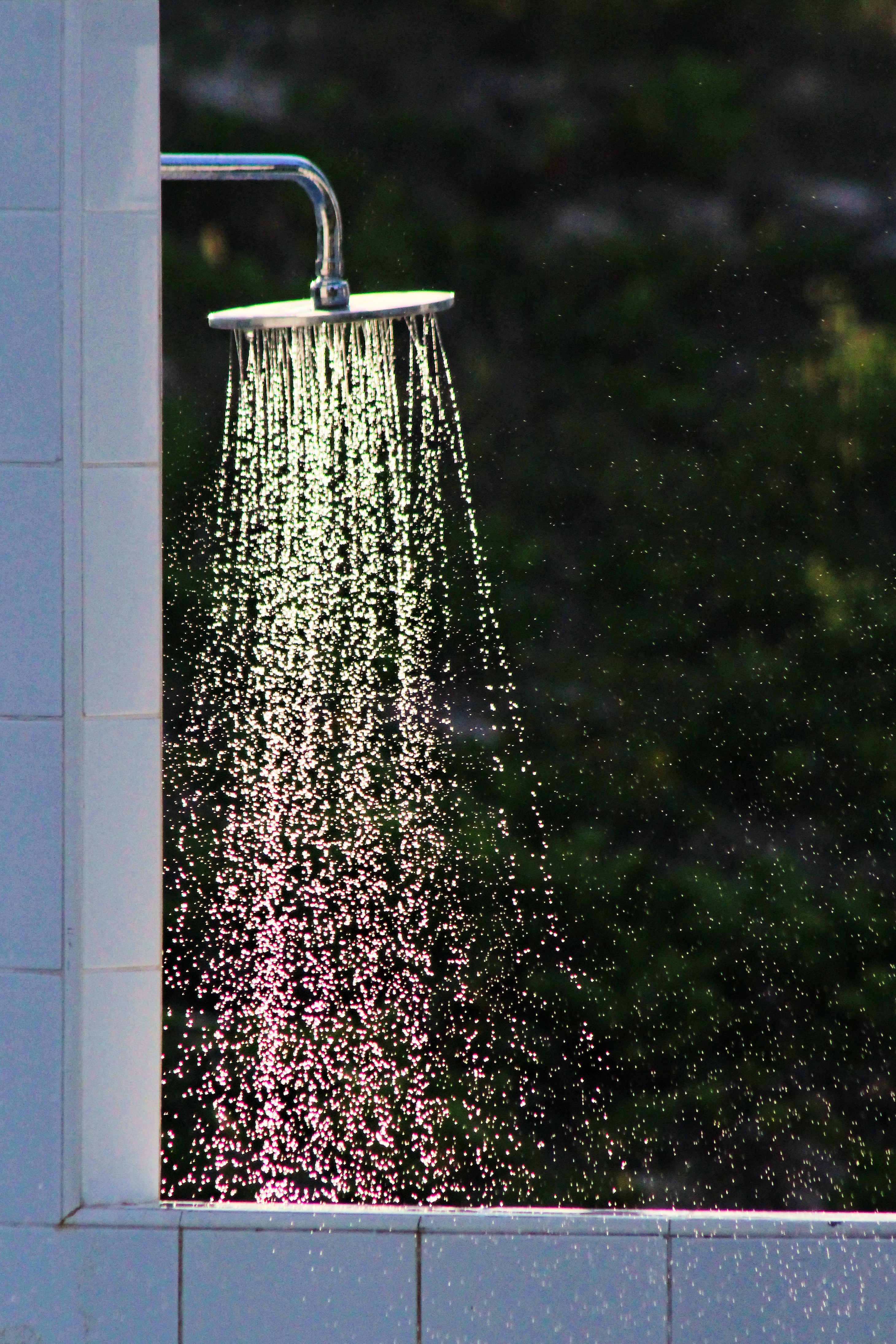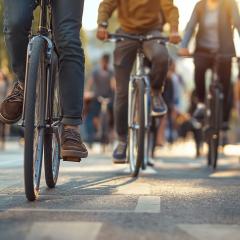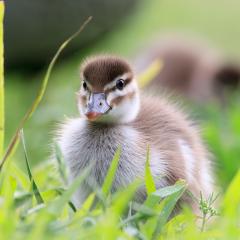With south-east Queensland lashed by rain and storms during the past week, it may seem odd to be talking about drought and water conservation. But such is the reality of the Australian climate.
Australia is the driest inhabited continent in the world, and 2019 was our driest year on record.
“Accumulated rainfall deficits” is how the Bureau of Meteorology refers to the problem. Or, put more simply, BOM defines drought as a “prolonged period of below average rainfall”.
Many residents in Brisbane and beyond will remember increasingly severe water restrictions through the first decade of the 2000s. We all adapted, and shower timers, car washing bans and garden watering limits became commonplace.
As dam levels gradually nudged back up, however, these limits were wound back and many of the good habits we’d acquired fell by the wayside.
But with Seqwater’s drinking water grid currently at just 57% capacity—and our main dam, Wivenhoe, sitting at around 42%—the region is back in drought response mode.
Exactly what does this mean for you, and what can we all do to help conserve water for the long term?
Why don’t the dams fill up?
Sadly, rain doesn’t always fall when and where we need it. The main source of water for south-east Queensland is the Wivenhoe dam. Around 50% of our water supply for the region is in this dam, explains Chris Owen from Seqwater.
And while there are other dams within SEQ’s network that are fuller at the moment, their capacity is significantly smaller.
Further, as Chris explains, it can take a lot of rainfall after an extended dry period to make a noticeable impact on dam levels.
“The ground is like a sponge,” he says. “The water infiltrates into the soil, but you don't see run off until it's full. It takes a while for water to cascade and dams to rise. Two days of rain at a dam might not fill it up.”
What solutions is the state exploring?
Since the millennium drought, the state has invested heavily in water infrastructure. One key piece of infrastructure is a 600km bulk water pipeline that allows SEQ to move treated water to where it’s needed across its dam network.
“We use that system a lot, particularly now,” Chris says. “Dams are quite full on the Sunshine Coast, for example, so we’ll transport water down to North Pine, Moreton Bay to alleviate the pressure on those supplies.”
When the network’s combined capacity dropped below 60%, SEQ officially began enacting its drought response phase. This includes transitioning the Gold Coast Desalination Plant (another piece of infrastructure built in response to the millennium drought) out of hot standby mode, and ramping up its daily output.
Consumer drought awareness campaigns have also recommenced.
Should dam levels fall below 50%, the state would start to look at implementing mandatory water restrictions, Chris says.
How much water are you using?
 Going into summer, it’s a good time to check in on your water usage. Around 150 litres per person per day is a good figure to aim for, Chris suggests.
Going into summer, it’s a good time to check in on your water usage. Around 150 litres per person per day is a good figure to aim for, Chris suggests.
While there isn’t an easy way to check your personal daily consumption in litres, the SEQ website publishes an average daily usage per person. Last fortnight’s figures show the current average as 196 litres per person per day.
Seqwater does provide a home water efficiency audit. It’s a manual process that requires a bit of patience, but you can use the water usage calculations in the document to understand how much water a range of household activities consume, and then add up your own usage based on this information.
Even if you don’t complete the entire audit process, some of the figures may surprise you. Here are a few common activities calculated in the document:
- Showers use between 6 to 11 litres per minute – which means a 6-minute shower could be using around 66 litres of water per day
- Older dishwashers can use up to 25 litres per load
- A new-ish, average size and average efficiency washing machine could use around 88 litres per load.
That’s already 180 litres a day! And that’s before flushing the toilet, brushing your teeth, washing your hands, and doing your regular cleaning and cooking activities.
What can you do?
“There’s not necessarily one big thing; it's all collective,” Chris says. “If you’re water conscious overall, and you save a litre here and a litre there, it does add up.
“For example, if you cut down on your shower duration even just a little, that can go a long way to help reduce your personal water footprint.”
Home irrigation systems and automatic sprinklers can also use quite a lot of water supply.
The SEQ audit also explains how to check for leaks around the house, and how to ascertain if your appliances are water efficient.
Urban Utilities, one of south-east Queensland’s water retailers and distributors, also has an excellent list of suggestions for home water saving on its website, categorised into different parts of the house and garden for easy reference.



